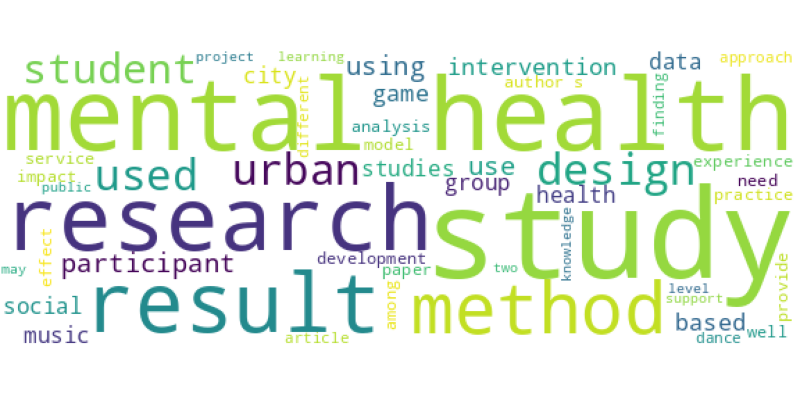| Id | 2778 | |
| Author | Zheng X.; Yang J. | |
| Title | Urban road network design for alleviating residential exposure to traffic pollutants: Super-block or Mini-block? | |
| Reference | Zheng X.; Yang J. Urban road network design for alleviating residential exposure to traffic pollutants: Super-block or Mini-block?,Sustainable Cities and Society 89 |
|
| Link to article | https://www.scopus.com/inward/record.uri?eid=2-s2.0-85144484594&doi=10.1016%2fj.scs.2022.104327&partnerID=40&md5=42a9df7d7863bd598cf0773bbc32bfbf |
|
| Abstract | This study addresses the knowledge gap between urban road network design and residents’ exposure to traffic pollutants. Computational fluid dynamics (CFD) simulations are employed to evaluate three representative design strategies: (1) Mini-block with 1-lane roads in high density; (2) Regular-block with 2-lane roads in median density; and (3) Super-block with 4-lane roads in low density. Daily activities of different age groups are considered to examine the vulnerable population, using the personal intake fraction (PIg, ppm) that represents the emitted pollutant inhaled averagely by each resident. By changing from Super-block to Mini-block, the outdoor PIg decreases for the young and adult groups, but remains largely unchanged for the elderly group. The indoor PIg is given for individual building levels. The Mini-block leads to a relatively uniform distribution of indoor PIg and the value goes up to 0.251 ppm for the elderly group. For the Regular-block and Super-block, residents living in buildings with a long roadside façade tend to bear an unequal level of pollutant burden. With the Super-block, elderly residents in 25% of the buildings have an high indoor PIg with the maximum value of 0.554 ppm, nearly four times larger than that of 0.121 ppm in buildings not close to the roads. The results can serve as a basis for supporting the new design and urban redevelopment to improve neighborhood liveability. © 2022 Elsevier Ltd |
|
| Keywords | Air quality; Architectural design; Highway administration; Highway planning; Large eddy simulation; Mammals; Roads and streets; Intake fraction; Large-eddy simulations; Network design; Pollutant dispersions; Street network; Street network design; Traffic management; Traffic planning; Urban air quality; Vehicular emission; computational fluid dynamics; large eddy simulation; traffic emission; traffic management; transportation planning; urban design; urban development; Computational fluid dynamics |
Wordcloud:



